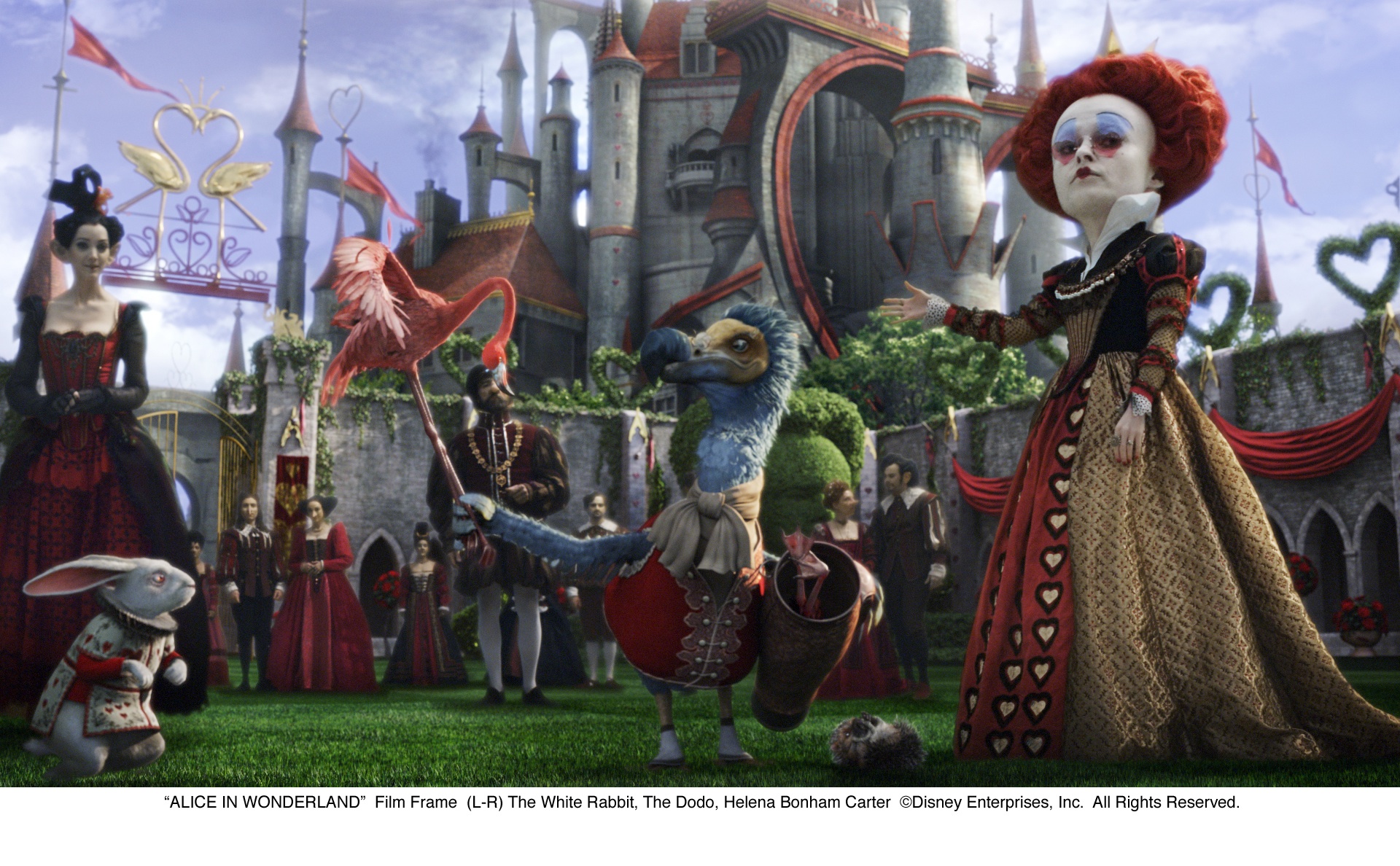By Noah Redfield, Staff Writer
In Les Blank's accurately titled, "Werner Herzog Eats His Shoe," the titular Bavarian filmmaker exclaims in characteristic deadpan tones, "We must declare holy war on television. It is killing us as a society." It is with the same revolutionary fervor that I have decided to declare holy war on 3-D. It is killing us as moviegoers.
For the past few years, the film industry has been trying to convince the masses that the future of cinema is marked by several disposal pairs of Elvis Costello's glasses. Meanwhile, those versed enough in film history may get the sense that it's all been said before. 3-D first hit its stride back in the 1950's as one of many ways in which Hollywood tried to fight off the rise of television. The pictures promised to be bigger, better and flashier than anything the miniscule boob tube could offer, but ultimately, it was a gimmick, and like all gimmicks, it eventually died out. Since then, its presence has been cyclical, occasionally popping up to give audiences more bang for their buck, often adding its schlocky charm to schlocky horror movies as well as the odd porno. Now, however, studio executives want us to believe that 3-D isn't just a reoccurring fad but is in fact as crucial to the development of film as the advent of sound or the move from black-and-white into color, and that's where I have to take a stand.
It doesn't take a genius to spot the coincidence that 3-D is taking off at a time when the film industry is struggling to cope with the problem of internet piracy, just as the they were struggling to keep up with TV in the 1950's. Then when you find yourself coughing up an extra three dollars for overhyped pop-up books that feature a 30% color loss and a splitting headache to boot, you may find yourself wondering if this corporate nonsense about the "immersive" power of 3-D actually refers to the immersion of twice the cash in the wallets of studio fatcats.
The apologists say that 3-D provides a greater depth-of-field, but last time I checked, most shots in "Citizen Kane" have extraordinary depth-of-field and don't require the stupid spectacles to appreciate it. They also say that the images are more compelling because the image is sharper and right in front of your face, but why is it that when I briefly took off the glasses to temporarily relieve my migraine during "Avatar," I was in just as much awe of Pandora despite the blurriness of the screen?
Worse still, when Tim Burton's turgid "Alice in Wonderland," proved to be a monstrous hit, Hollywood declared it proof positive that 3-D was here to stay. Yeah, or maybe the fact that it was a kids' film starring Johnny Depp had something to do with it. Plus the cost of the glasses — makes sense if you know anything about logic. But logic and studio executives don't go hand-in-hand, so while the obvious solution is to embrace the internet a la the music industry with iTunes, they will continue hemorrhaging money towards the projection and production of 3-D until we as consumers become fed up with wasting our hard-earned cash on such shallow effects and treat Hollywood to the "Waterworld in 3-D"-style flop that these morons deserve.
If you want conclusive proof of why it's a pointless gimmick that adds nothing substantial to the moviegoing experience whatsoever, go and rent Alfred Hitchcock's "Dial M For Murder," a film that was projected in 3-D when it was first released. Then ask yourself: "Would seeing that in three dimensions have done anything to enhance the drama, tension, or mastery of Hitchcock's vision?" Think it over for a little while; you'll be surprised by the conclusion you come to.
But the answer is no.

Tim Burton's Alice in Wonderland (Photo Courtesy Disney Films)


